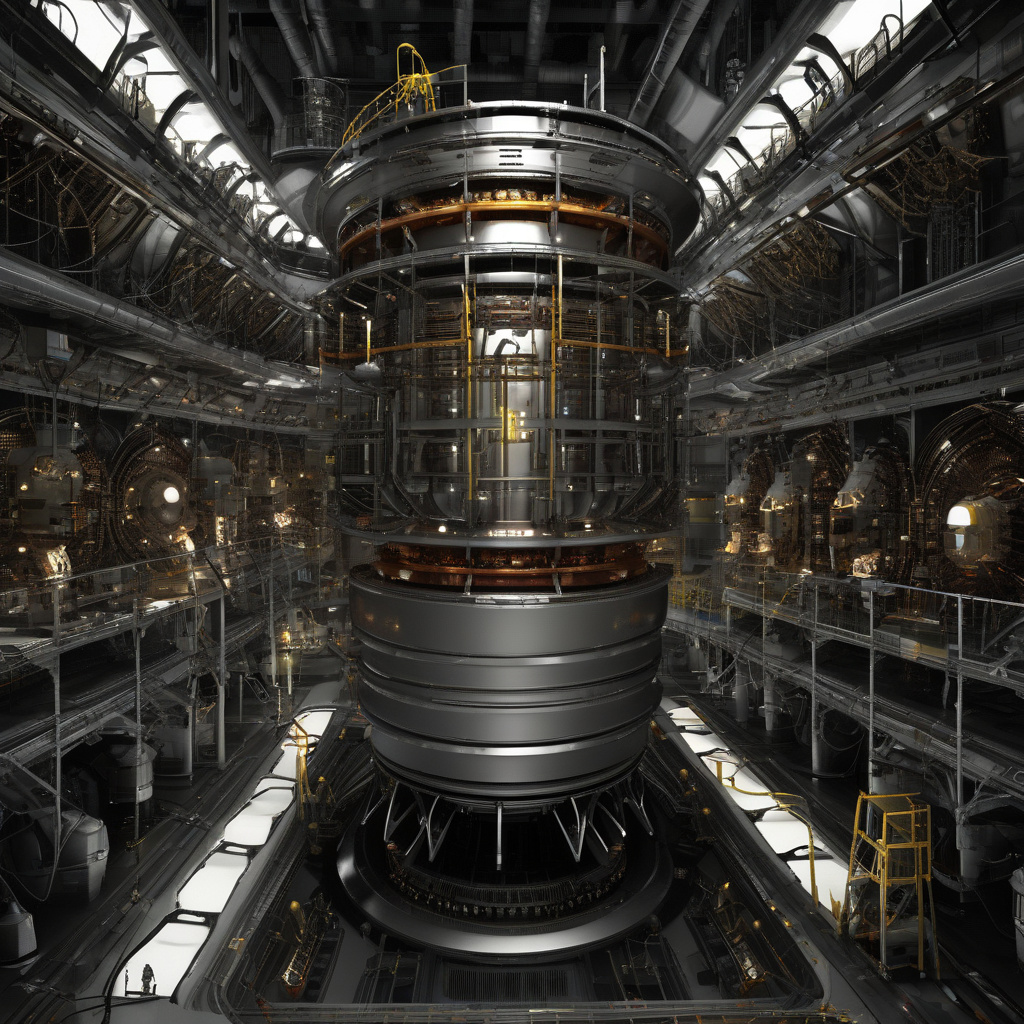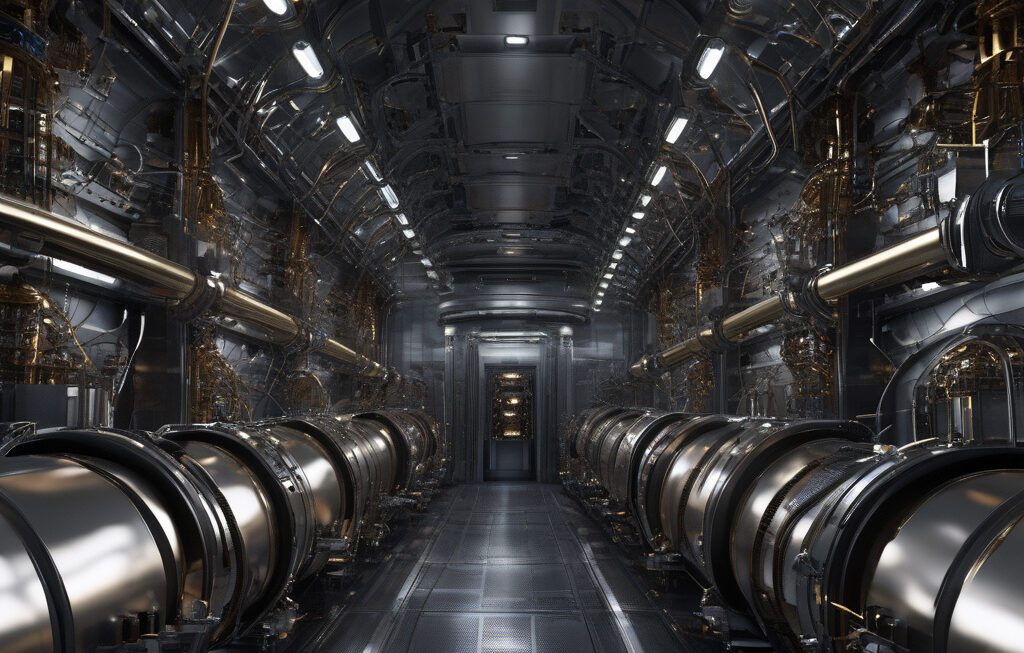New Nuclear Reactor Tests Zero In on Ghost-Like Particles Tied to Dark Matter Puzzles
In a bid to spot the elusive fundamental particle, the neutrino, a team of researchers has been conducting groundbreaking experiments at new nuclear reactors. Neutrinos are ghost-like particles that have puzzled scientists for decades, playing a crucial role in our understanding of the universe and its mysteries, including dark matter.
Neutrinos are incredibly challenging to detect due to their unique properties. They interact very weakly with matter, passing through it almost unaffected, earning them the title of “ghost particles.” These elusive particles come in three different types, or flavors: electron neutrinos, muon neutrinos, and tau neutrinos. They are produced in various natural processes, such as nuclear reactions in the sun and cosmic ray interactions in the atmosphere.
The study of neutrinos is vital for several reasons, one being their potential connection to dark matter. Dark matter makes up about 27% of the universe, yet it does not emit, absorb, or reflect light, making it invisible and detectable only through its gravitational effects. Understanding the role neutrinos play in the cosmos could provide valuable insights into the nature of dark matter and its interactions with ordinary matter.
The new nuclear reactor experiments aim to shed light on neutrino behavior and properties. By observing neutrinos produced in the reactors, researchers can study their oscillations between different flavors, a phenomenon that implies neutrinos have mass—a concept that challenges the Standard Model of particle physics.
One of the key facilities involved in these experiments is the Jinping Underground Laboratory in China. Situated deep beneath the surface to shield it from cosmic rays, the laboratory hosts the China Jinping Underground Reactor Experiment (CJPL) aimed at studying antineutrinos from nuclear reactors. Similar projects, such as the Daya Bay Reactor Neutrino Experiment in China and the KamLAND experiment in Japan, have also made significant contributions to the field.
These experiments involve massive detectors filled with liquid scintillator, a substance that emits light when struck by particles. When a neutrino interacts with the scintillator, it produces flashes of light that can be detected and analyzed to determine the neutrino’s properties, such as its energy and direction of travel.
The findings from these experiments have the potential to revolutionize our understanding of particle physics and cosmology. They could help unravel the mysteries surrounding neutrinos, dark matter, and the fundamental forces that govern the universe. Moreover, the implications of these discoveries could have far-reaching consequences, influencing future technologies and advancements in scientific research.
As researchers continue to push the boundaries of neutrino studies, the quest to unlock the secrets of these ghost-like particles and their ties to dark matter puzzles remains ongoing. The collaboration between international teams, cutting-edge technologies, and innovative experimental techniques paves the way for a new era of discovery in the field of particle physics.
In conclusion, the pursuit of understanding neutrinos and their implications for dark matter represents a fascinating journey at the forefront of scientific exploration. With each experiment and observation, we come closer to unraveling the enigmatic nature of these fundamental particles and their significance in shaping the cosmos.
neutrinos, dark matter, particle physics, nuclear reactors, scientific research












